GAS
$ 2.495 USD
$ 2.495 USD
$ 175.02 million USD
$ 175.02m USD
$ 7.599 million USD
$ 7.599m USD
$ 94.514 million USD
$ 94.514m USD
64.992 million GAS
Gas-related information
Issue Time
2017-11-15
Platform pertained to
--
Current coin price
$2.495USD
Market Cap
$175.02mUSD
Volume of Transaction
24h
$7.599mUSD
Circulating supply
64.992mGAS
Volume of Transaction
7d
$94.514mUSD
Change
24h
+2.21%
Number of Markets
169
Github Messages
More
Warehouse
None
Github's IP Address
[Copy]
Codebase Size
2
Last Updated Time
2020-11-15 19:46:05
Language Involved
--
Agreement
--
Crypto token price conversion
Current Rate0
0.00USD
GAS Price Chart
Gas introduction
 Markets
Markets3H
+1.5%
1D
+2.21%
1W
-19.93%
1M
-25.97%
1Y
-43.81%
All
-80.25%
| Aspect | Information |
|---|---|
| Short Name | GAS |
| Full Name | Gas Token |
| Founded Year | 2017 |
| Main Founders | Da Hongfei, Erik Zhang |
| Support Exchanges | Binance, Huobi, OKEx, HitBTC, KuCoin etc |
| Storage Wallet | NEO Wallet, Ledger, Trezor |
Overview of GAS
GAS, short for Gas Token, is a digital cryptocurrency that was introduced in 2017. It is principally developed and administered by Da Hongfei and Erik Zhang. GAS is paired and traded on various notable exchanges including Binance, Huobi, OKEx, HitBTC, KuCoin among others. The prefered storage wallets for this token include NEO Wallet, Ledger and Trezor. The primary function of the GAS token is as the operational token within the NEO network - a blockchain-based platform that supports the development of digital assets and smart contracts.
Pros and Cons
| Pros | Cons |
|---|---|
| Operational token within a well-established platform (NEO) | Value heavily dependent on the performance of NEO platform |
| Supported by several major exchanges | Potential for competitive devaluation if other tokens are preferred by NEO |
| Utilized for smart contract execution | Complicated token economics due to dual-token system with NEO |
| Fairly straightforward storage options available | Might experience slower adoption due to less awareness |
GAS Price Prediction
Over the coming decades,GAS's price is expected to experience fluctuations. By 2030, the trading range is projected to be between $8.51 and $11.42.In 2040, our forcast suggests GAS could reach a peak price of $20.16,with a potential minimum around $15.57.Looking ahead to 2050, technical analysis indicates that GAS's price could range from $22.58 to $28.91,with an estimated average trading price of about $23.83.
What makes GAS unique?
GAS is a cryptocurrency that brings distinctive aspects to the table in comparison with many traditional cryptocurrencies. Unlike the majority of cryptocurrencies that generally serve as a medium of exchange or store of value, GAS is an operational token that powers the NEO network, a blockchain-based platform known for its focus on developing digital assets and smart contracts.
This introduces an innovative token economy into the cryptocurrency arena, where GAS and NEO co-exist in the same network, each with their unique roles. GAS is generated as a reward for NEO holders and used to fuel transactions and smart contracts on the NEO platform. This relationship between GAS and NEO introduces a different kind of interdependent economics which makes a dual-purpose utility function for a cryptocurrency, something relatively unique in the digital currency world.
How Does GAS Work?
GAS operates in quite a unique manner when compared to conventional cryptocurrencies like Bitcoin. The operation of GAS ties directly to the NEO blockchain network, where it functions as the power source needed to perform transactions and execute smart contracts within the network.
In the context of mining, GAS is quite distinct from Bitcoin. NEO employs a form of delegated Byzantine Fault Tolerance (dBFT) consensus algorithm, which is a significant departure from the Proof of Work (PoW) mechanism used by Bitcoin. As a result, the mining process in the conventional sense of solving complex mathematical problems to add transactions to the blockchain, which requires energy-intensive equipment, is non-existent in the NEO network. Essentially, GAS isn't mined, it is generated as a reward for holding the NEO token in a process often termed as “staking”.
The rate or speed at which GAS is generated is predetermined by the NEO blockchain algorithm. For every new block added to the blockchain, 8 GAS tokens are distributed proportionally to all NEO holders. This makes the creation of GAS a predictable and deterministic process, unlike Bitcoin's mining rewards that are subject to halving periods.
Exchanges to Buy GAS
GAS can be bought and sold on a variety of notable cryptocurrency exchanges. Binance, one of the leading and most popular cryptocurrency exchange platforms globally, supports GAS tokens. Other notable exchanges that also support GAS tokens include Huobi, OKEx, HitBTC, and KuCoin. It's worth noting the availability of GAS might vary based on geographic location, and it is always advised to use reputable exchanges and authorized platforms for trading cryptocurrencies. Every exchange usually provides a different set of services and features, such as wallet options, security measures, trading fees and customer support, which should also be considered when choosing where to buy GAS or any other cryptocurrency.

Storing GAS involves securing them in a digital wallet, which functions like a virtual bank account that allows users to send or receive tokens, store them, and conduct token transactions on a blockchain. For GAS tokens, there are several wallet options available, varying across different types such as hardware wallets, software wallets, and online wallets.
1. Hardware Wallets: These are physical devices that securely store users' private keys offline. These are generally considered to be the safest type of wallet. Notable hardware wallets that support GAS include Ledger and Trezor.
2. Software Wallets: Software wallets are applications that can be installed on a user's device. One of the main software wallets that store GAS is the NEO Wallet, which is specifically designed for tokens within the NEO ecosystem including GAS.
Should You Buy GAS?
The decision to buy GAS, or any cryptocurrency, is highly personal and should align with an individual's financial goals, risk tolerance, and understanding of blockchain technology and cryptocurrency markets. Here is some general analysis and advice:
1. Blockchain Enthusiasts: Individuals with a keen interest in the products and innovation within the blockchain technology space, specifically smart contracts and digital assets development, may see value in GAS as it serves as operational fuel for the NEO network, a platform known for digital assets and smart contract development.
2. Active Traders: Active traders who are interested in short-term gains may also consider trading GAS, given its listing on several major exchanges. The liquidity of GAS, combined with market volatility, can provide trading opportunities.
3. NEO Supporters: If an individual holds NEO tokens and believes in the future of the NEO platform, obtaining GAS tokens can provide additional benefits as GAS is generated as a reward for holding NEO tokens.
GAS Good investment market
- 1
- 2
- 3
- 4
Gas User Reviews
Gas News
TokenEthereum Gas: Fees Plummet After Dencun Upgrade, But Volatility Remains High
The gas fees of Ethereumare at historic lows after the Dencun update, but they remain subject to var
2025-10-12 04:03

TokenTrons gas fee reduction cuts daily revenue by 64% in 10 days
Average gas fees on Tron have decreased by 60%, resulting in a 64% drop in revenue for block producers amid a dip in the ecosystem stablecoin market cap.
2025-09-13 05:52

TokenUS Feds File Suit to Forfeit $7.1M in Crypto With Ties to Oil and Gas Storage Fraud
The U.S. Department of Justice is cracking down on yet another cryptocurrency fraud ploy.The losses
2025-07-27 06:04

TokenGas usage on Ethereum network hits all-time high
The Ethereum network shows unprecedented demand, recently marking a new record of daily gas used. Th
2025-07-25 11:05
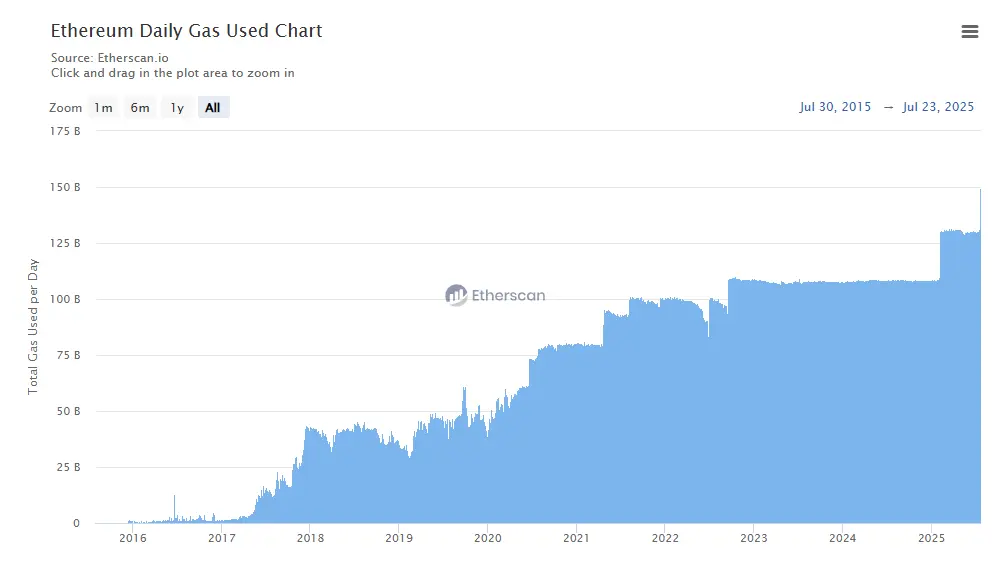
TokenVitalik Buterin Defends Safe Scaling as Ethereum Inches Toward 45 Million Gas Limit
Ethereum‘s gas limit is rising, with core developers and stakers pushing the network’s capacity boun
2025-07-21 13:01

TokenEthereum is scaling: TPS, gas limit up as validators back 45M target
Ethereum gas limits rise to 37.3 million as validators rally behind “pump the gas” campaign, increasing network capacity and transaction speed.
2025-07-21 12:12
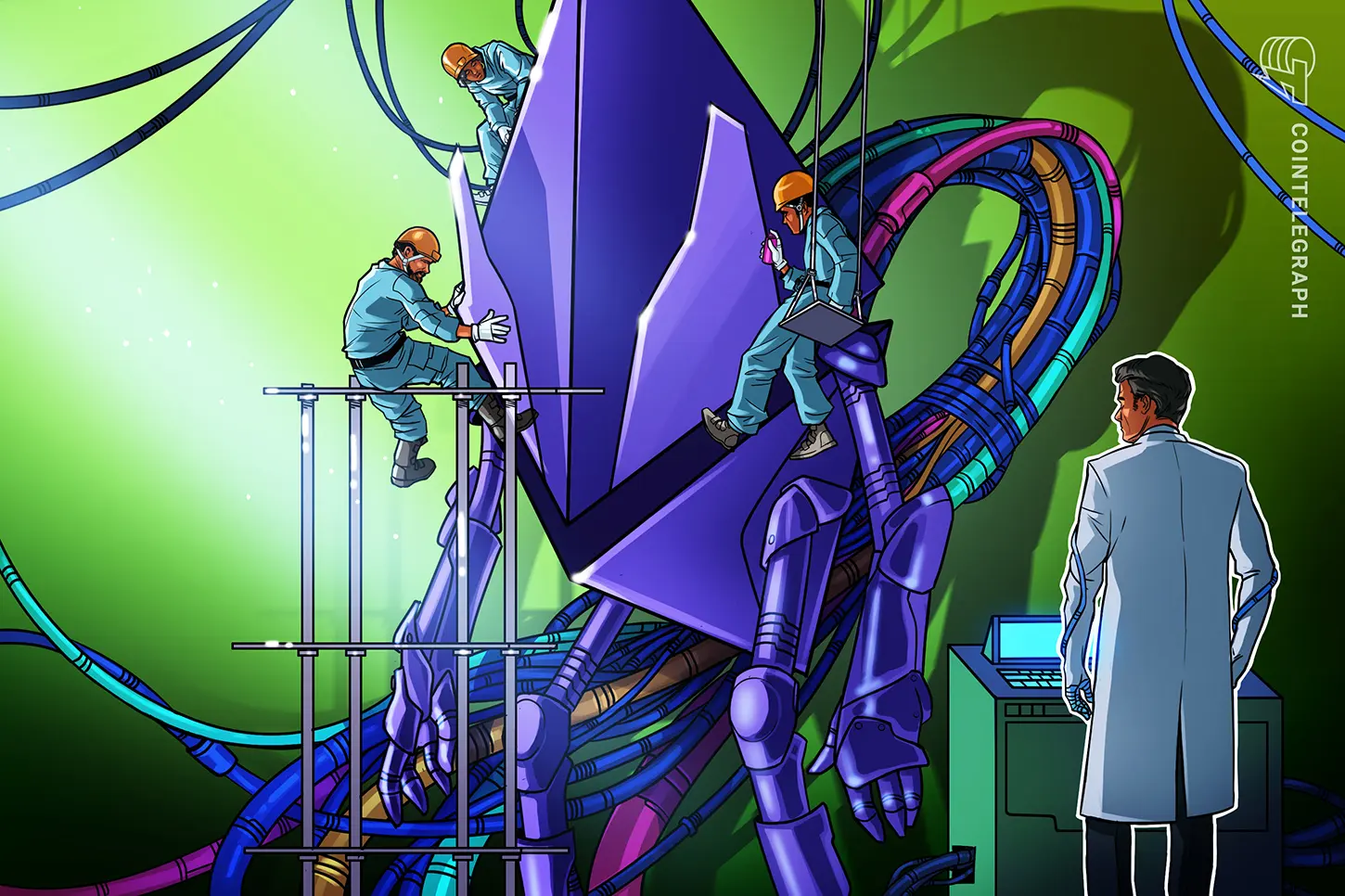
Exchange“Its a huge amount to me”: PulseChain user pleads for $100k gas fee refund
Crypto is a risky business; some make millions overnight, while others lose it all in the blink of a
2025-07-19 01:00
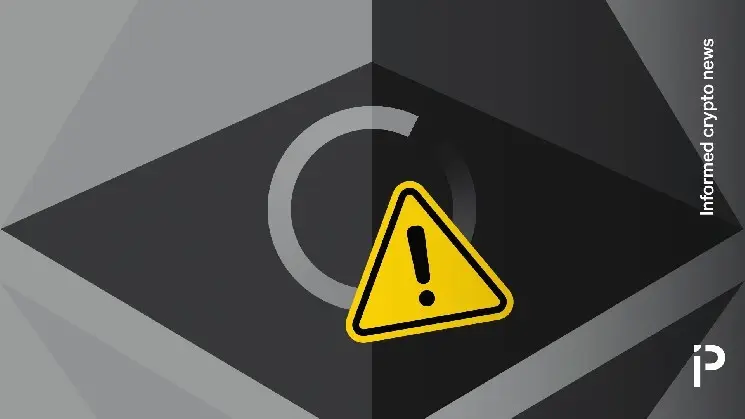
TokenVitalik Buterin's New Proposal Seeks 16.7M Gas Cap on Ethereum to Rein In Transaction Bloat
A new Ethereum proposal, co-authored by Vitalik Buterin and Toni Wahrstaetter. aims to impose a hard
2025-07-07 18:55
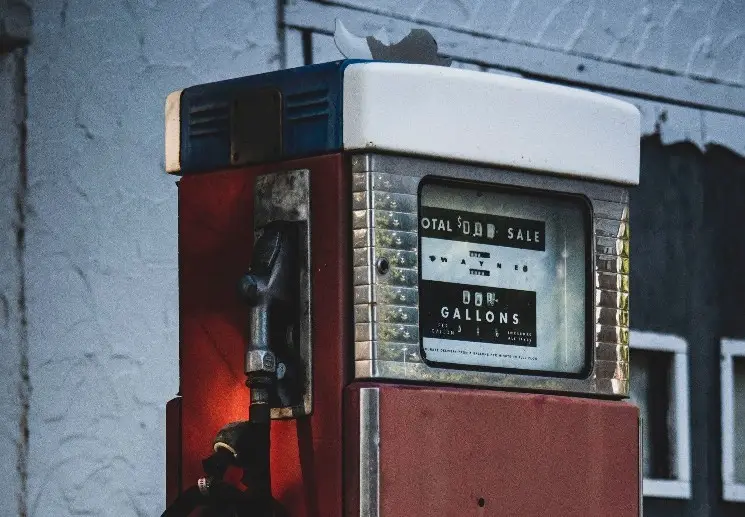
TokenEthereum Developers Propose Gas Cap to Curb DoS Attack Vulnerability
The Ethereum network has received a proposal, EIP-7983, to improve its defense against Denial of Ser
2025-07-07 13:04
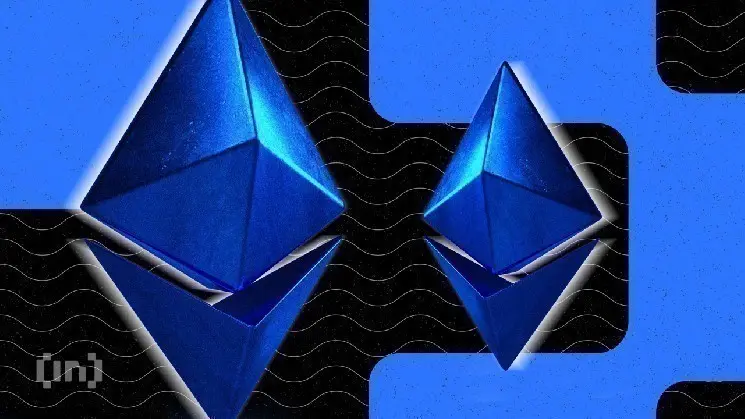


9 ratings